DISC- an Enhanced Way to Study Human Behavior
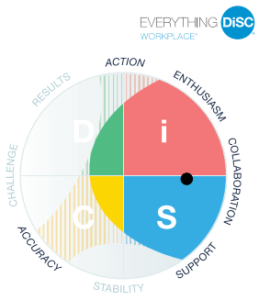
Image Source: discprofile.com
Everyone is different!! They say that Human behavior is impossible to predict and deal with, but frankly speaking, ‘it is!!’
Have you ever said the same thing to two persons, but got totally different reactions? Every person hears and understands you by applying their own personal style and it is all natural. Some people call it temperament and some call it personality.
The good news is that there is an easy way to find out human behavior. We call it the DISC personality profile which will allow you to create better relationships and solve the mysterious concept of developing good people skills.
What is DISC?
DISC is referred as a personal assessment tool which helps people in improving their cooperation and teamwork which will lead to better productivity. For instance, what does DISC do?
- Reduce the disagreements amongst the members
- Creates a friendly atmosphere and enhance them to mutually walk towards the goals
- Ease the teamwork
- Push the employees to get into the conversation
- Make the management procedure better by understanding the priorities of the employees
- Helps you increase your personal knowledge
DISC is an acronym for
D- Drive, direct and dominance
I-Influence
S- Stability and steadiness
C- calculating, compliant, careful, conscientious, cautious
DISC styles
Every person has 4 DISC styles. Anyone is identified on the basis of Task-oriented or people oriented. The 4 DISC profile personality types are:
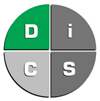
- D-style – It is considered as the most aggressive. These types of people are competitive, quick and mostly focus on results. The D-style can appear forceful and rude to people for their behavior because, in the pressure situations, they are someone who shows lack of concern for other people.
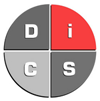
- I-style – They are considered as the most social people. They are fond of being a center of attraction. Also, these people love meeting new people and interacting with them. They are friendly, animated and enthusiastic. I-style people do not spend their time alone.
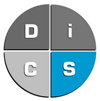
- S-style – They are steady, calm and the most laid back people. They like to be reserved for a group of people and are not so socially. They are someone who values friends and family. These types of people prefer avoiding surprises and changes.
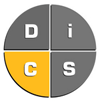
- C-style – The people who focus on the facts, information, proof and even the minute details fall into this style. The other people see them as reserved, quiet, and obedient, but the fact is that they love working individually.
DISC personality test
It is not actually a DISC profile personality test, but a behavior assessment tool which is used to measure the behavior of a person. The thing is that it is near to impossible to measure the personality of a person because of its complexity. This tool is powerful enough to focus on the natural and comfortable behavior of a person. It doesn’t measure the attitude, values, and intelligence of the people. Instead, it focuses on day-to-day behavior. Everyone has acquired their natural way of doing things on a daily basis. After getting this information their identification is done via the DISC styles. And the second thing which is done is to make adjustments to the behavior. This tool provides perceptive ways so that we can know our style in a better way.
History of DISC profile assessments
In late 1920, Carl Gustav Jung created a model for examining the human behavior. The 4 types of common behavior which he identified is intuition, feeling, thinking and sensing. The feeling and thinking are meant for decision making, whereas intuition and sensing are meant for gathering information. It is a most widely used model for the understanding of human behavior.
One of the well-known personalities William Moulton Marston took over Carl’s work in 1921. He was the man behind the creation of 4 models to measure human behavior. He was an inventor, psychologist, lawyer and a comic book writer as well who created one of the most popular superhero, Wonder Woman. His models are meant to measure the emotional features of normal people. The traits which he identified were mentioned as Dominance, Inducement, Submission, and Compliance. He even wrote a book about it titled ‘Emotions of Normal People”
This model helps people to become self-aware of their behavior and adjust them according to the needs. It is easy to use and learn. The 4 behavioral styles are D-style, I-style, S-style and C-style.
Reasons to use DISC reports and profiles
With the help of DISC profiles, you can increase your self-knowledge. There are different ways how you see your profile. You can easily find out how your real and natural profile is responding to major conflicts and pressures. You can even find out the flaws and pros. Some other things which you can do are to build and engage teams of your own. And then with the help of the tool, the team can address the dysfunction and improve dynamics as well. Any team can become stronger and effective when the team members know the communication style of the other members.
Benefits of using DISC
DISC may benefit an organization in the terms of cooperation, meetings, conflict, productivity, and performance. Other areas where DISC can be really helpful, are:
- Development of the team
- The ministry
- Education
- Careers
- Management of the conflicts
- Development of the sales force
- Training for the customer service
- Coaching & consulting
- Human Resource & corporate
Reasons to use DISC assessment
DISC is a tool which is quite easy to use and does work way beyond your workplace. There are certain added benefits such as relationship management and better interactions in every aspect of life. All the successful people in the universe know their behavior and are efficient in adapting them accordingly. The DISC tool reminds us what we are and to do what we already do the best. Each one of us should be aware of our behavior and style and particularly know when to adjust it.
Image credit: discprofile.com


